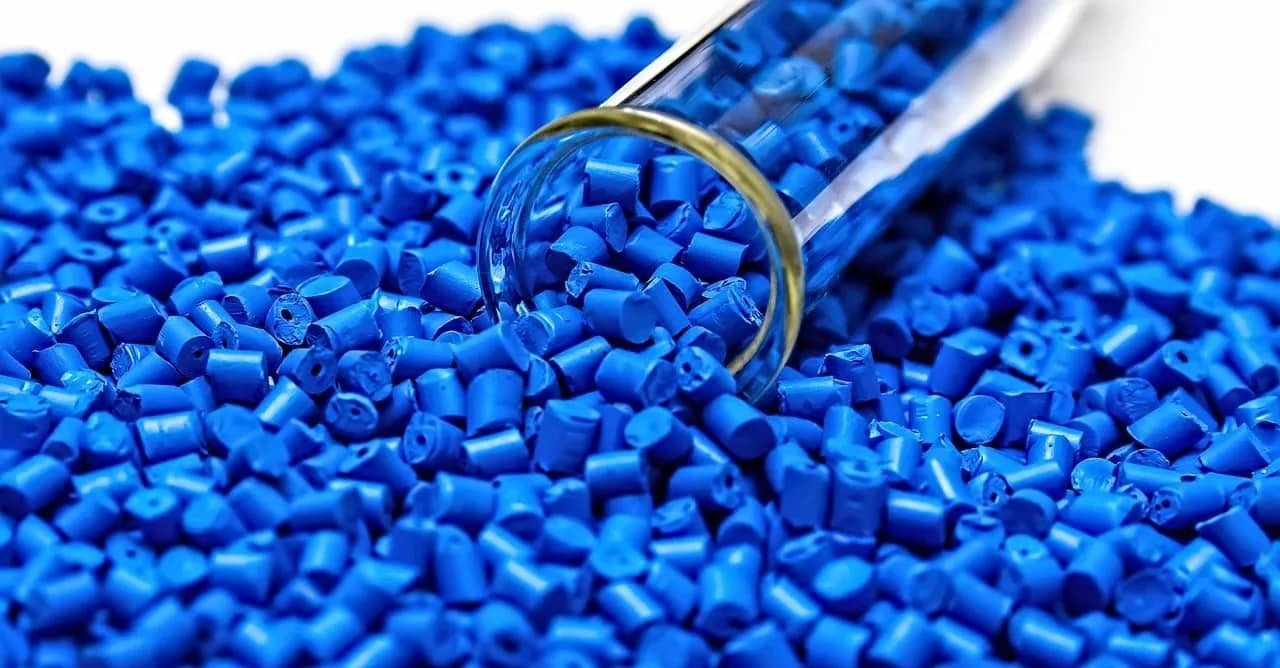Lego, known for its iconic plastic bricks, has announced ambitious plans to replace fossil fuels in its production with renewable and recycled alternatives by 2032. This shift is part of their commitment to sustainability and a response to the growing concerns about plastic pollution.

While Lego has been experimenting with various materials to find a suitable replacement for oil-based bricks, their efforts have faced limitations. To accelerate this transition, they’re now focusing on gradually increasing the use of certified renewable resin.
This decision comes at a significant cost, as renewable resin can be up to 70% more expensive than traditional fossil fuels. Despite the increased costs, they plan to absorb them without passing them on to consumers.
The move towards renewable materials is particularly noteworthy given the current surplus of cheap virgin plastic. This surplus is largely due to investments in petrochemicals by major oil companies.

By choosing renewable options, Lego is challenging the status quo and supporting a growing market for sustainable materials.
Lego’s suppliers are actively exploring ways to replace fossil fuels with bio-waste and recycled materials. However, the market for renewable plastics is still in its early stages. One of the challenges is the competition for feedstock, which is often used for subsidized biodiesel production.
Neste, a leading producer of renewable feedstocks, highlights the significant price difference between fossil-based and sustainable plastics. Despite these challenges, Lego remains optimistic about the future and believes that there is growing interest and investment in renewable materials.

Other toy companies, such as Hasbro and Mattel, have also taken steps towards using more sustainable materials in their products. However, Lego’s commitment to replacing all fossil fuels by 2032 sets a more ambitious goal.
Overall, Lego’s decision to invest in renewable materials is a significant step towards a more sustainable future. While the transition may be costly, it demonstrates their dedication to environmental responsibility and their belief in the potential of renewable plastics.
Reference- Reuters article, The Guardian, Lego website, Neste website, Hasbro and Mattel






